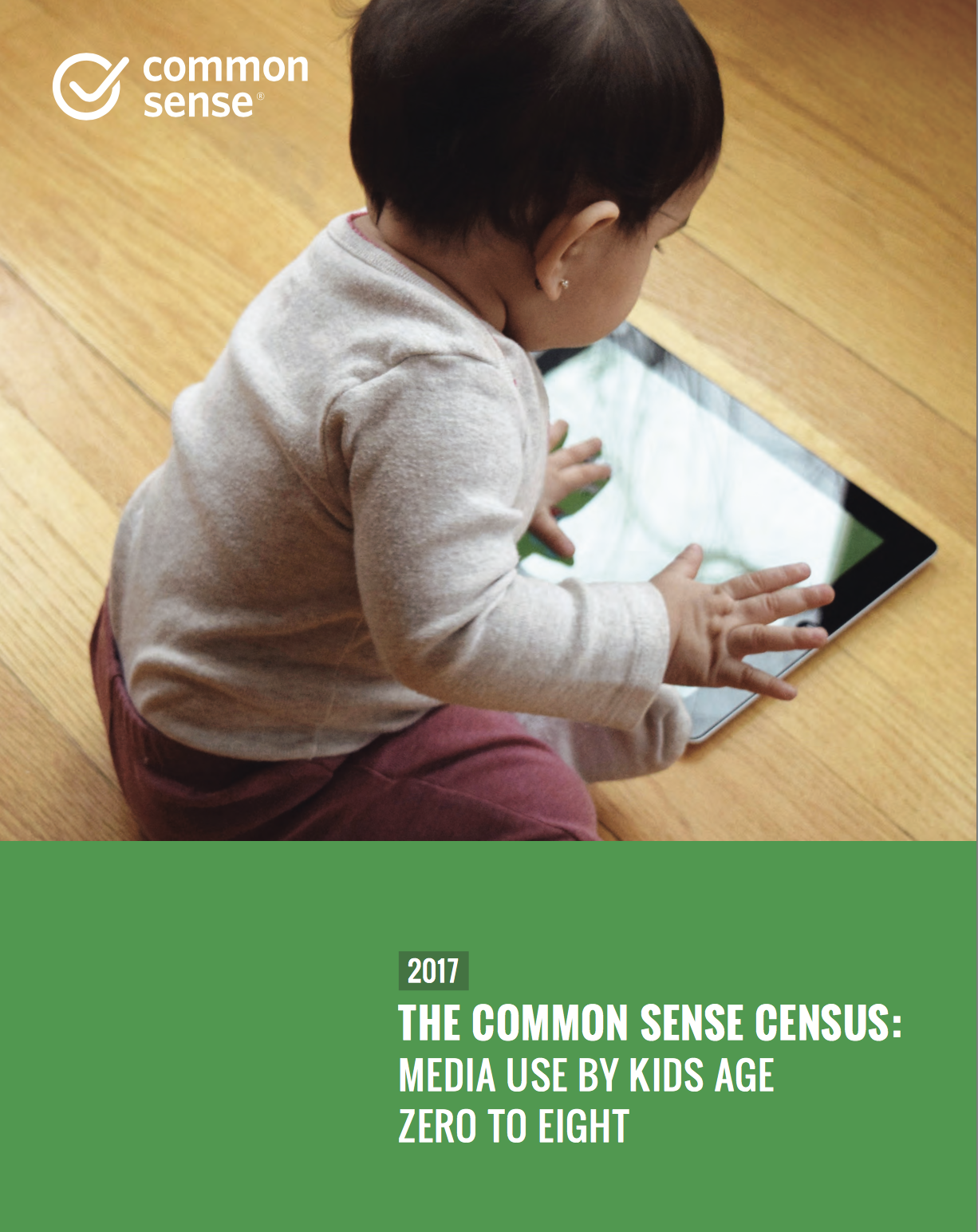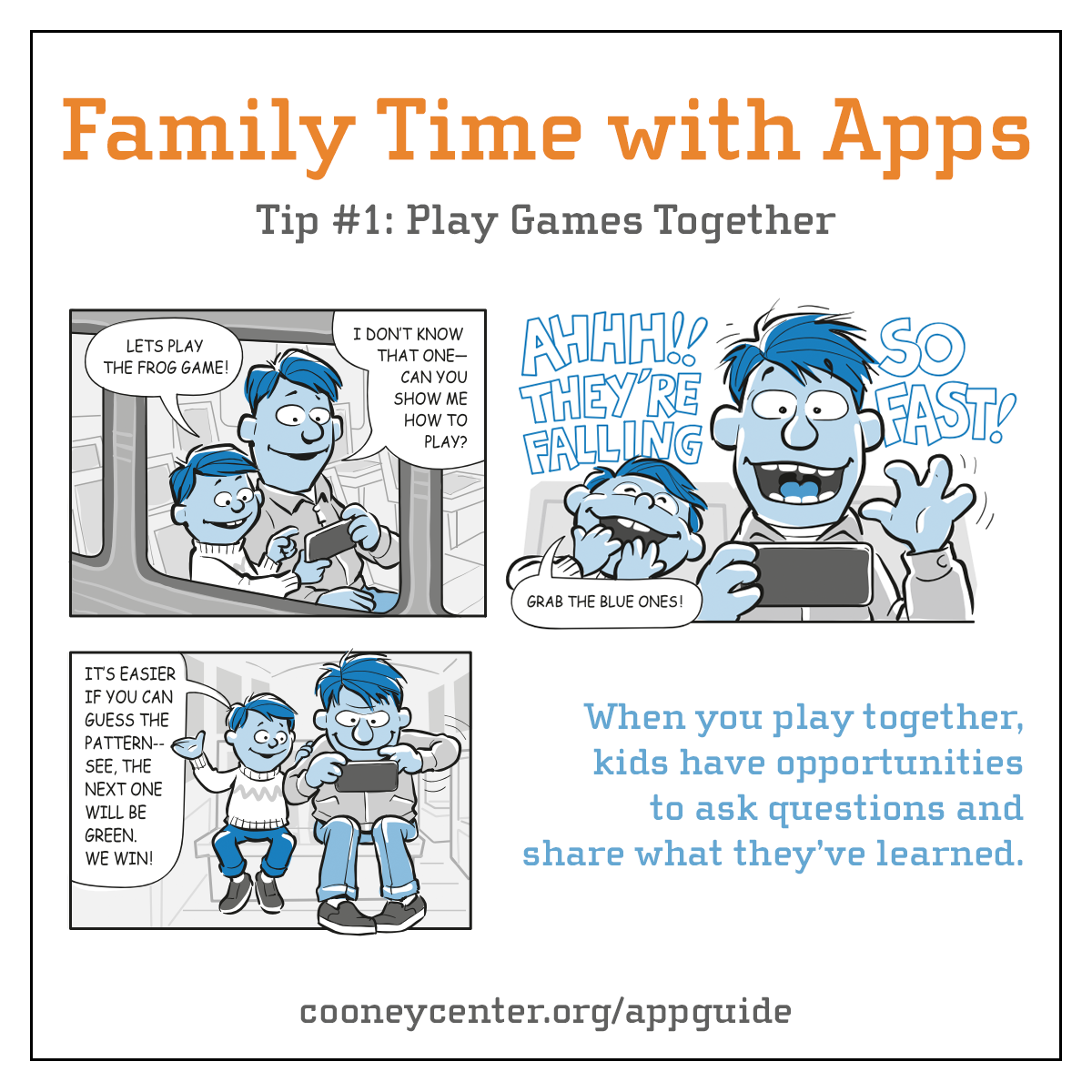 My kitchen counter has changed a lot over the last six years. What used to be dedicated to a bowl of fruit, a coffee maker, various papers, and mail that I hadn’t gotten around to throwing away yet has since become a mess of wires coiling back to one put-upon outlet. A rotating set of smartphones, tablets, Bluetooth speakers, and headphones have made their way to the counter as well, pointing to a broader set of changes in the house. Our family, which includes a 5-year-old and 3-year-old, has a lot of mobile device stuff. And we aren’t the only ones.
My kitchen counter has changed a lot over the last six years. What used to be dedicated to a bowl of fruit, a coffee maker, various papers, and mail that I hadn’t gotten around to throwing away yet has since become a mess of wires coiling back to one put-upon outlet. A rotating set of smartphones, tablets, Bluetooth speakers, and headphones have made their way to the counter as well, pointing to a broader set of changes in the house. Our family, which includes a 5-year-old and 3-year-old, has a lot of mobile device stuff. And we aren’t the only ones.
Today marks the release of the third wave of The Common Sense Census: Media Use by Kids Age Zero to Eight, an ongoing series tracking the use of media and technology among U.S. kids. Beginning in 2011 and repeating again in 2013, these surveys offer us a once-in-a-lifetime look at how new technologies have been enmeshing themselves in our children’s lives. Based on a nationally representative sample of more than 1,400 parents from all over the country, the survey paints a complex portrait of increasingly mobile families. Some of the key findings include:
- Mobile is nearly universal. Nearly all children age 8 and under live in a home with some type of mobile device, the same percentage that have a TV in the home. In 2011, only 41 percent of families had a mobile device; now 95 percent do. In 2011, less than 10 percent of families had a tablet; now nearly 80 percent do.
- The amount of screen media hasn’t changed much, but how kids use media has changed a lot. Children age 8 and under spend an average of about two-and-a-quarter hours a day with screen media, almost exactly the same amount they devoted to screens in 2011. But much more of that time is spent on mobile devices; the average amount of time spent with mobile devices each day has tripled (again), going from 5 minutes a day in 2011 to 15 minutes a day in 2013 to 48 minutes a day in 2017.
- The digital divide persists, but is smaller than it used to be. The gap in high-speed internet access between higher-income and lower-income families has been cut from 50 down to 22 percentage points (96 percent of higher-income families have high-speed internet versus 74 percent of lower-income families). The gap in overall mobile device ownership has virtually disappeared (3 percentage points), due to the number of lower-income families that now have a smartphone.
- Parents and pediatricians are sometimes at odds on media behaviors. Contrary to recommendations from pediatricians, many children use media shortly before bedtime and many families leave the TV on in the background most of the time.
The world has changed a lot since 2011, and my kitchen counter reflects that. Every bit of research about children’s media habits helps us better understand the world they are growing up in. Mobile devices are popular with kids, just as they are with adults, making it all the more important to set a good example. That could mean putting your device away at dinner or turning off screens a little earlier before bed. There are tons of great TV shows, apps, and other media for kids under the age of 8, so when they’re using media, try to steer them toward the good stuff. And finally, though we’re only beginning to understand the impact of new technologies in family life, there’s plenty we know about how to support young kids’ healthy development. Talk with them, ask questions, give them lots of experiences in the real world. And have them tell you about what they’re watching and playing—it’s a great way to make media experiences more meaningful.
 Michael Robb is Director of Research at Common Sense, overseeing the research program, evaluation of organization impact, and program development research. Michael has been involved in issues involving media and children for over 15 years. He has published research on the impact of electronic media on young children’s language development, early literacy outcomes, and problem-solving abilities in a variety of academic journals. Michael also has supervised community educational outreach efforts, helping parents and teachers make the most of quality children’s programming. Previously, Michael served as the Director of Digital Learning and Research at the Fred Rogers Center for Early Learning and Children’s Media. Michael received his B.A. from Tufts University and M.A. and Ph.D. in psychology from UC Riverside.
Michael Robb is Director of Research at Common Sense, overseeing the research program, evaluation of organization impact, and program development research. Michael has been involved in issues involving media and children for over 15 years. He has published research on the impact of electronic media on young children’s language development, early literacy outcomes, and problem-solving abilities in a variety of academic journals. Michael also has supervised community educational outreach efforts, helping parents and teachers make the most of quality children’s programming. Previously, Michael served as the Director of Digital Learning and Research at the Fred Rogers Center for Early Learning and Children’s Media. Michael received his B.A. from Tufts University and M.A. and Ph.D. in psychology from UC Riverside.




